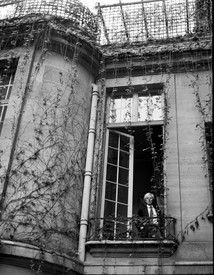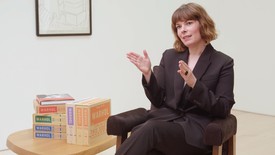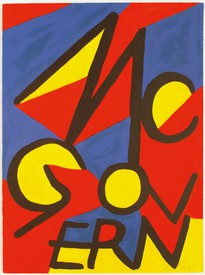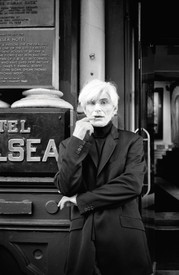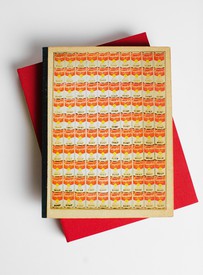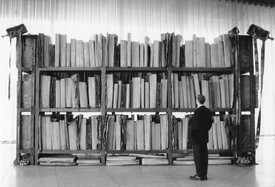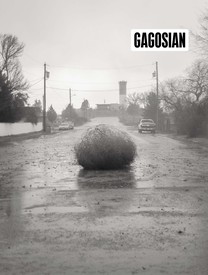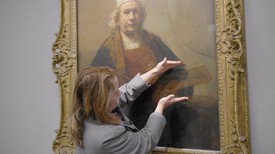
Derek Blasberg is a writer, fashion editor, and New York Times best-selling author. He has been with Gagosian since 2014, and is currently the executive editor of Gagosian Quarterly.
1963 was a critical year in the history of Pop: John F. Kennedy, considered television’s first president, was assassinated; the Beatles released their first album, Please Please Me; and Andy Warhol mailed a single, thirty-seven-foot-long, rolled-up canvas bearing sixteen images of Elvis Presley to Irving Blum at the Ferus Gallery, Los Angeles, with instructions to unroll it, cut it, and stretch the pieces for his upcoming show. Warhol told Blum that he couldn’t make it to LA for the installation or the opening—a convenient fib; he did in fact arrive at the gallery for the opening, following an eye-opening road trip from New York with Gerard Malanga, Wynn Chamberlain, and Taylor Mead. He would later comment, “The farther West we drove, the more Pop everything looked on the highways. Suddenly we all felt like insiders because even though Pop was everywhere . . . to us, it was the new Art.” None of the works in the show sold, not even one of the ten new paintings of Elizabeth Taylor, but the exhibition’s importance exceeds that little detail. The series of Elvis paintings on view furthered Warhol’s creative course and refined many of the hallmarks we now associate with his influential career: Hollywood obsession, camp sensibility, commercial appropriation (the image of Elvis was lifted from an advertisement for the 1960 film Flaming Star), and silver. This luminescent sheen appears throughout Warhol’s career; it was the color of his 47th Street Factory and was the background for Tunafish Disaster (1963), Little Electric Chair (1964–65), Silver Car Crash (1963), and more. Warhol would tell the Factory’s archivist, “It was the perfect time to think silver. Silver was the future. . . . The astronauts wore silver suits. And silver was also the past—the silver screen.”
Artwork © 2017 The Andy Warhol Foundation for the Visual Arts, Inc./Licensed by Artists Rights Society (ARS), New York

